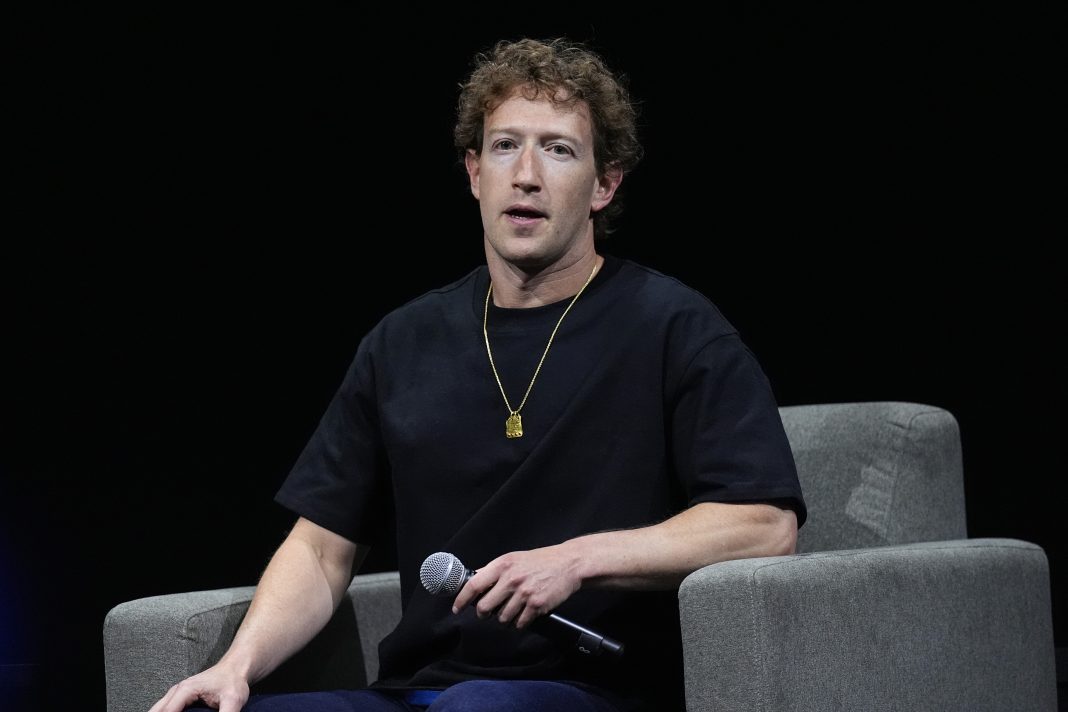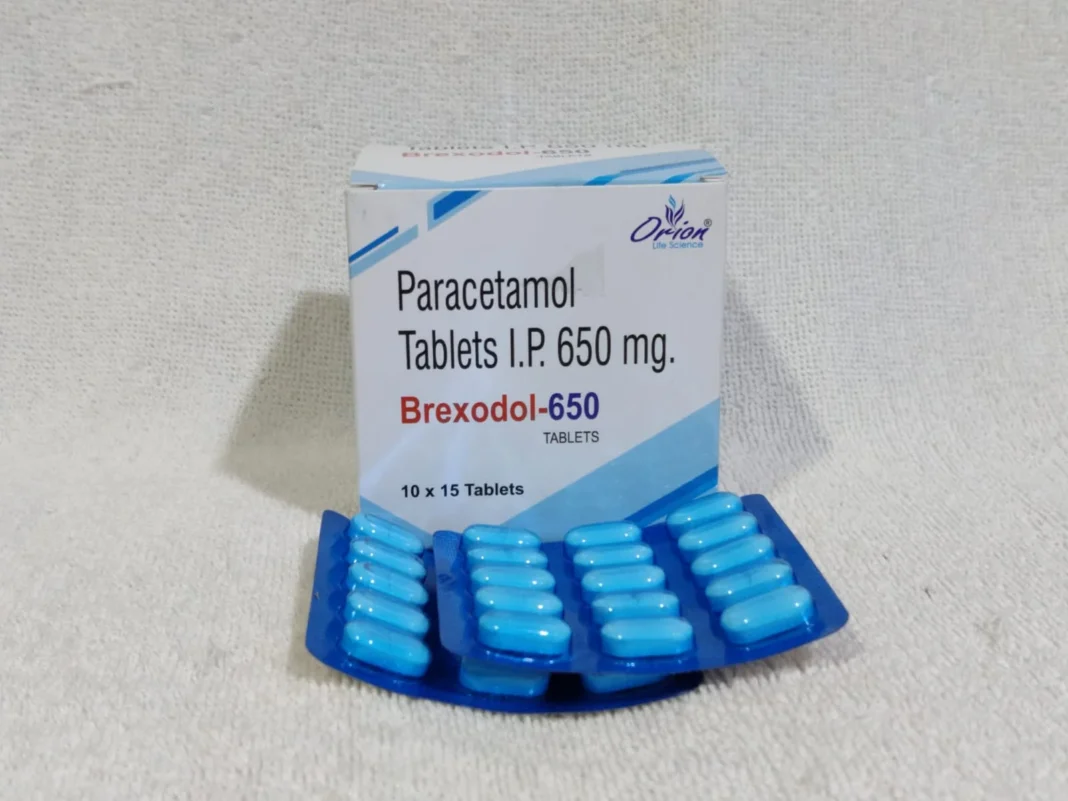The question many people ask today is: is reverse ageing real? Thanks to artificial intelligence and new discoveries in biotechnology, old cells can now be reprogrammed to act young again in laboratory studies.
Scientists are combining AI tools with cell biology to design proteins, drugs, and methods that bring aged cells closer to their youthful state. This could one day help treat age-related diseases, extend healthy lifespan, and even slow down human ageing.
AI Reprogramming Old Cells
Recently, OpenAI and Retro Biosciences introduced an AI model called GPT-4b micro. This system redesigned special proteins called Yamanaka factors, which are known for reprogramming cells. In experiments, these AI-designed proteins worked up to 50 times better than traditional methods.
Cells treated with the AI proteins repaired DNA damage, showed improved activity, and behaved more like younger cells. This is a strong sign that AI can speed up ageing research.
Reversing Ageing in Animals
Scientists have also tested partial reprogramming in mice. By carefully applying reprogramming proteins, they made organs like the skin and kidneys appear younger. The treated mice had better tissue repair and stronger health without a higher cancer risk.
At Stanford University, human skin and blood vessel cells were rejuvenated in lab conditions. These cells became 1.5 to 7.5 years younger according to biological markers and regained functions such as wound healing.
Chemicals That Make Cells Younger
Beyond AI proteins, scientists are also working on chemical approaches. One method, called EPOCH, uses small molecules to reset ageing markers in cells without fully turning them into stem cells.
In another study, skin cells from middle-aged donors were rejuvenated by around 30 years in lab tests. These cells healed wounds faster and acted much younger. However, researchers warn that risks such as cancer must be solved before human use.
AI in Drug Discovery
AI is also helping to discover new drugs that could slow ageing. Startups like Insilico Medicine and Deep Genomics use AI to design molecules that target ageing pathways. This process takes months instead of years, making treatments more likely to reach clinical trials sooner.
Challenges and Ethics
Even though progress is exciting, experts warn that we must be careful. Most successes have only been seen in lab dishes or in animals. Human trials are still rare, and safety risks remain high.
There are also big ethical questions: If reverse ageing treatments become real, who will have access? Will only the rich benefit, or will it be available for everyone?
Conclusion
So, is reverse ageing real? The answer is yes in the lab, but not yet for humans. AI has proven it can make old cells act young again, but turning this into safe human therapies will take years of research.
If these discoveries succeed, the future could bring new ways to fight ageing and extend healthy life. Until then, reverse ageing remains one of the most fascinating and promising areas of science.


